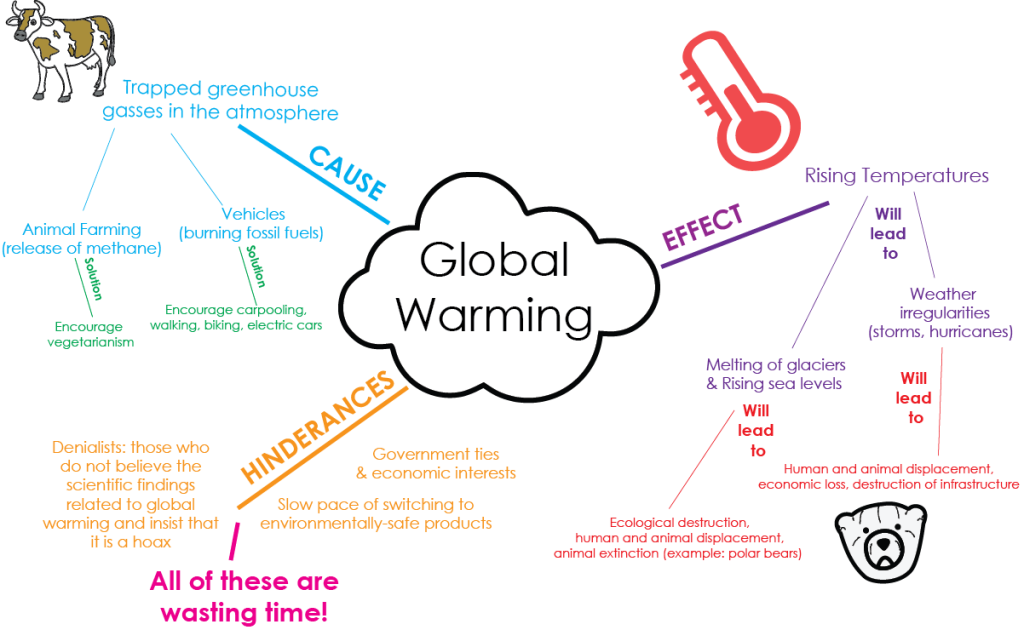28 Move Beyond Writer’s Block
Even when you understand the assignment and have a plan, sometimes it can be hard to get started. If you’re feeling stuck and need to get your ideas flowing, you may want to try some of the following strategies:
- Try some free writing. Write a journal, poem, or story that includes your main ideas.
- Say your ideas out loud. Talk to a friend, family member, or classmate about what you’re reading and learning about your topi. Or, record your thoughts on a phone or use the dictation feature in Microsoft Word then play the recording back.
- Write your ideas on post-it-notes with one idea per sheet. Then, group your notes according to themes. This can help you to create the initial organization of your assignment.
- When using ideas from sources like a book, website or article, write down the name, author, publication date, url and/or page number of the source right away. You’ll need this to create your citations and reference page later. If you don’t keep track of them as you go, it will be time consuming and hard to find them later.
- Create a mind map or concept map.
Mind Map
Mind mapping is a way of collecting ideas around a topic and making connections. You can use mind mapping to brainstorm ideas, and visualize how these ideas are related.[1]
Mind Mapping is a good way to start the assignment process. It can help you see where you will need more information to include in your assignment.
How to Use Mind Mapping
Start with what you know. This may be as little as 1 word. The next step is to define your word. Each part of the definition can become a new circle in your mind map. Write as many ideas as you want and build on those ideas, don’t limit yourself.
Ask yourself, “Who, What, Where, When, Why, and How” questions to help identify what you know and/or remember about your topic.
As you make new connections, you’ll also see where there are gaps and what you don’t know about the topic. This can lead you to identify what you need to research more about the subject.
Once you have enough information, you can start to develop the relationships between the ideas. This allows you to continue to expand on your ideas.
Mind Mapping Example
Below, is an example of a mind map created about global warming. Look at the main ideas, supporting details, examples, cause and effect relationships, and conclusions. Notice how there are a combination of words, images, and colours to help visualize the topic, organize information, and make connections.

Try it!
Choose 1 of the 4 strategies listed below:
- Talk about your ideas
- Spend time freewriting
- Group post-it notes
- Create a mind map
Now that you’ve started to generate your ideas, you’ll be ready to move onto gathering your research materials and creating an outline.
Extend Your Learning
- Buzan, T. (n.d.). What is a mind map? Retrieved from http://www.tonybuzan.com/about/mind-mapping/ ↵

